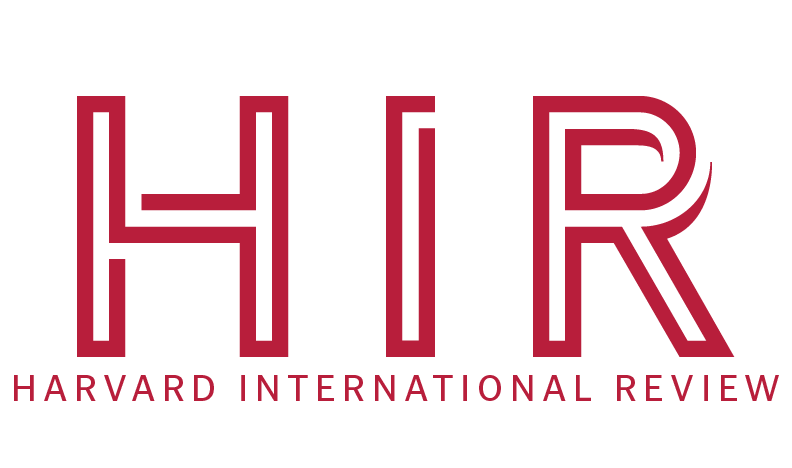The South China Sea is the linchpin of modern Indo-Pacific relations. As the United States and China remain locked in a Great Power Competition, regional autonomy in the South China Sea has become a symbolic line in the sand—one which China is determined to cross and the United States is set on protecting. For both nations, the US Coast Guard—often an afterthought—has become central to avoiding escalation while achieving strategic goals and projecting power.
The US Coast Guard occupies a liminal space between military and humanitarian force that allows it to play a unique role in US diplomatic efforts, particularly in the Indo-Pacific—an area comprising 74 million square miles of ocean and over 70 states. US Coast Guard crews train local partners and help patrol territorial waters, playing key roles in projecting US power during peacetime. The US Coast Guard is billed as a diplomatic force for cultural exchange: a commendation for the US Coast Guard Cutter (USCGC) Frederick Hatch recognizes the crew for their outreach in local communities—often through forms of casual interaction that a more militarized force might not be able to achieve.
This defanged depiction of the US Coast Guard is often contrasted against that of the Chinese Coast Guard, which has grown increasingly militarized in recent years. Notably, China deploys former Navy vessels under the aegis of its Coast Guard.
The United States is also leaning more heavily on its Coast Guard: the Pacific Area Commander, Vice Admiral Andrew J. Tiongson, announced on September 27, 2024 that the US Coast Guard is doubling the number of fast response cutters based in Guam, from three to six. Tiongson justified the branch as “a non-escalatory resource,” highlighting how the US Coast Guard can protect a “rules-based order.”
This increased emphasis on operations in the Pacific is limited: Tiongson assured reporters that US Coast Guard ships would not be escorting Philippine Coast Guard vessels to disputed shoals, where conflicts have sparked in the past. Still, the US Coast Guard has been increasing operations and partnerships in the South China Sea. In August, the USCGC Waesche returned from a patrol in the Indo-Pacific region that saw joint exercises with Japan, Korea, and the Philippines. “We strive to preserve a free and open Indo-Pacific,” said the commanding officer of the Waesche, Capt. Tyson Scofield.
This objective—and wording—is shared across branches of the government. In April 2024, the White House published a “Joint Vision Statement from the Leaders of Japan, the Philippines, and the United States.” The document opens with a commitment to “a free and open Indo-Pacific and international order based on international law.” At the same time, the spokespeople affirm that they “steadfastly oppose the dangerous and coercive use of Coast Guard and maritime militia vessels in the South China Sea.” As US and Chinese Coast Guards operate in increasingly close quarters, this juxtaposition reveals the major question of international maritime policy: when are Coast Guard operations justified?
In many ways, it is safer for the United States or China to deploy Coast Guard ships to the region: Coast Guard operations are less threatening than, for example, Naval exercises. Coast Guard ships are less militarized, and their mandate is limited. On the other hand, the mission of any Coast Guard is law enforcement. In a region where laws themselves are in dispute, competing Coast Guards operating in close proximity and enforcing conflicting laws is a dangerous status quo.
Last May, the Chinese Coast Guard announced a new policy allowing “commanders to detain foreign vessels and persons in ‘waters under China’s jurisdiction’ for up to 60 days.” This release was seemingly timed to coincide with a Philippine convoy to resupply another disputed island, the Scarborough Shoal. International observers including the United States and United Nations recognize the Scarborough Shoal as belonging to the Exclusive Economic Zone of the Philippines. Other regions within China’s territorial claims fall within the UN-recognized Exclusive Economic Zones of Brunei, Indonesia, Malaysia, the Philippines, and Vietnam.
US partners in the Indo-Pacific have taken measures to protect themselves from territorial threats. A 2023 agreement between the United States and the Philippines warned that “an armed attack in the Pacific, to include anywhere in the South China Sea, on either Philippine or US armed forces—which includes both nations’ Coast Guards—aircraft, or public vessels, would invoke mutual defense commitments.”
These dual announcements from China and the Philippines demonstrate the brinkmanship that constantly plays out in the Indo-Pacific, and specifically through respective nations’ Coast Guard forces. Should US forces, supporting US allies and functioning under international law, clash with Chinese Coast Guard forces, functioning under Chinese law and newly empowered to detain foreign ships, any conflict could be disastrous. “Protecting” disputed territory is a dangerous game.

